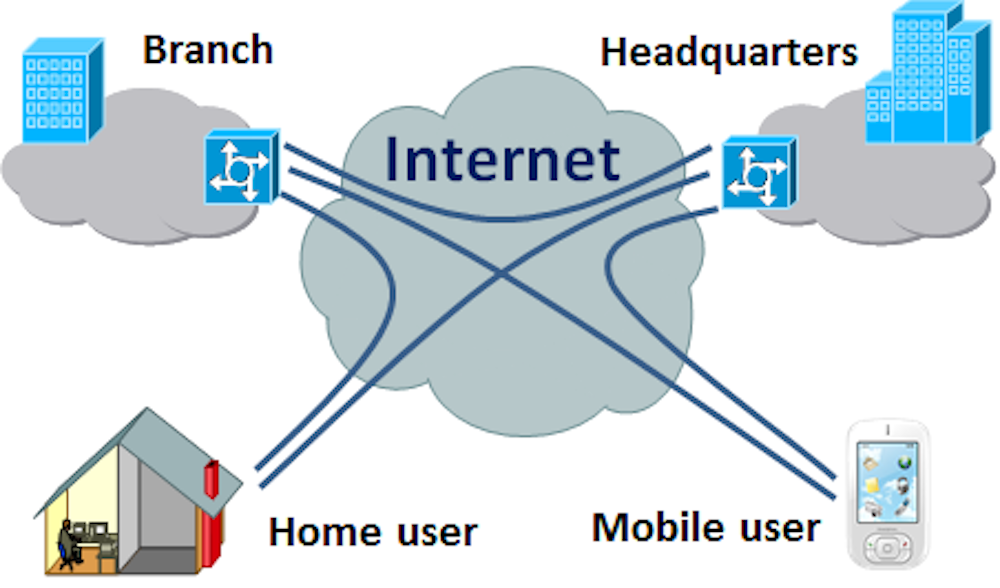“When you modify a certain piece of hardware for better performance, it is often
referred to as "tweaking" it. Overclocking the computer's CPU or changing jumper
settings on the motherboard are common examples of hardware tweaking. Removing
system limitations and adding plug-ins or extensions to a computer's operating system
are types of software tweaking.”
Before learning hacking, let’s make sure that your device is responsive and free
from lags. To do this, you need to tweak your device. This tutorial is for non-Rooted
devices. First things first, let’s ask: what causes android to lag? “Your Android phone was
probably fast when you first bought it, right? Then over time it began running more slowly.
This is a common problem and nothing to worry about.” -Scott Adam Gordon
(www.androidpit.com). There are common reasons why your device is lag such as: It can
be cause by an App, Too many applications running on background, and/or the system
itself.
HOW TO FIX
Method 1: Uninstalling, Stopping, and/or Freezing Applications
- You need to sacrifice your apps to gain speedy performance for your device. If you have Facebook app or Facebook messenger installed, you need to say goodbye to them (Unless if you’re not ready to move on...).
- If you don’t want to uninstall applications, you might consider stopping these applications from running on background. To do this, go to settings>Apps> then choose any app then tap “Force stop”.
- Freezing applications/Disabling can be useful if you think that you’re not using a system app often. Go to settings>apps>System Apps> then select any apps then tap on Disable. NOTE: Some System Apps cannot be disabled because if they do, you might end up bricking your device. These methods are completely safe to do.
Disabling animations could help your device run faster. To do this, you need to enable
Developer Option. On Android 4.2 and higher, you must enable this screen as
follows:
- Open the Settings app.
- (Only on Android 8.0 or higher) Select System.
- Scroll to the bottom and select about phone.
- Scroll to the bottom and tap Build number 7 times.
- Return to the previous screen to find Developer options near the bottom.
Note: If your device is lower than version than 4.2, search online on how to enable
Developer Option.
Method 3: Install these apps to boost device performance.
- Clean Master LITE – Helps you stop all the apps processes plus cleans useless files, claimed to be the best booster on play store. See for yourself. (https://play.google.com/store/apps/details?id=com.cmcm.lite)
- Greenify – Works on Rooted and non-Rooted device. Force Stops all applications in one tap! I suggest you to pay for the pro version, it hibernates all the apps including system apps. (https://play.google.com/store/apps/details?id=com.oasisfeng.greenify)
There you go! Your device should be faster now! If you still don’t feel any difference, don’t
worry this is not hacking yet. Later, we’ll going to hack your device’s system.













